7. Hable con ella (Pedro Almodóvar, 2002)

Two men with the same problems end up sharing a very different friendship with quite unusual characteristics. The movie follows the lives of two “couples” that follow different paths throughout the film’s action, but wind up leading the same type of life. Both men care for two women who are in a coma after a tragic accident. The movie explores not only the difficulty in communication, but also loneliness, friendship, and even psychotic love.
Regardless of its importance in Almodóvar’s filmography, this film wasn’t picked as Spain’s choice for the Oscar for Best Foreign Language Film. Looking back and knowing what came after that, this film would be a much better choice, although “Los Lunes al Sol” is a great pick, with a less commercial Javier Bardem.
6. El hijo de la novia (Juan José Campanella, 2001)
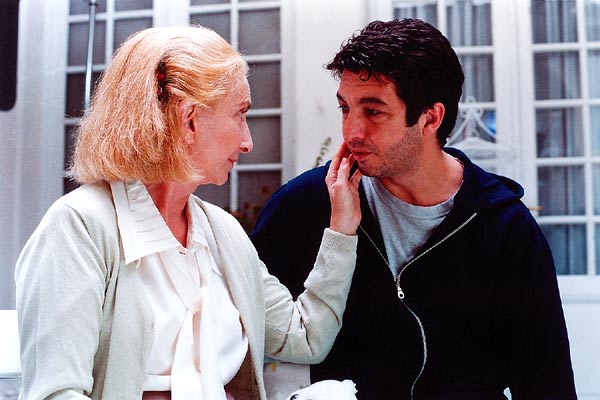
It’s seems I’ve paid some kind of promise to feature Ricardo Darín multiple times on this list. The truth is, Darín is an icon of South American cinema and a strong element in the Spanish-spoken film industry. He is, without a doubt, going to be a legend in Spanish cinema.
Again, Darín gives this film a new light with an incredible performance, playing a strong character who changes in the course of the action. He plays a stressed 40-year-old man and owner of a restaurant, which occupies his entire life. He is divorced, has one daughter and a girlfriend who wants to marry him.
From out of nowhere, Juan Carlos appears and makes him think about his past and life in general. Suddenly, he is struck by a heart attack and starts thinking about changing his life for the better. In the midst of all this, he has a mother with Alzheimer’s who needs special care and doesn’t even remember what day it is. His father and confidant is still deeply in love with his mother, and wishes to marry her again.
In the end, everything interconnects and happiness shows its face, giving a reason for so much sadness in between. The road to happiness is dealt with and the restaurant, which was so stressful for Darín, suddenly turns into a playground of remembrance and a solution to start a new life.
5. Atraco a las tres (José María Forqué, 1962)
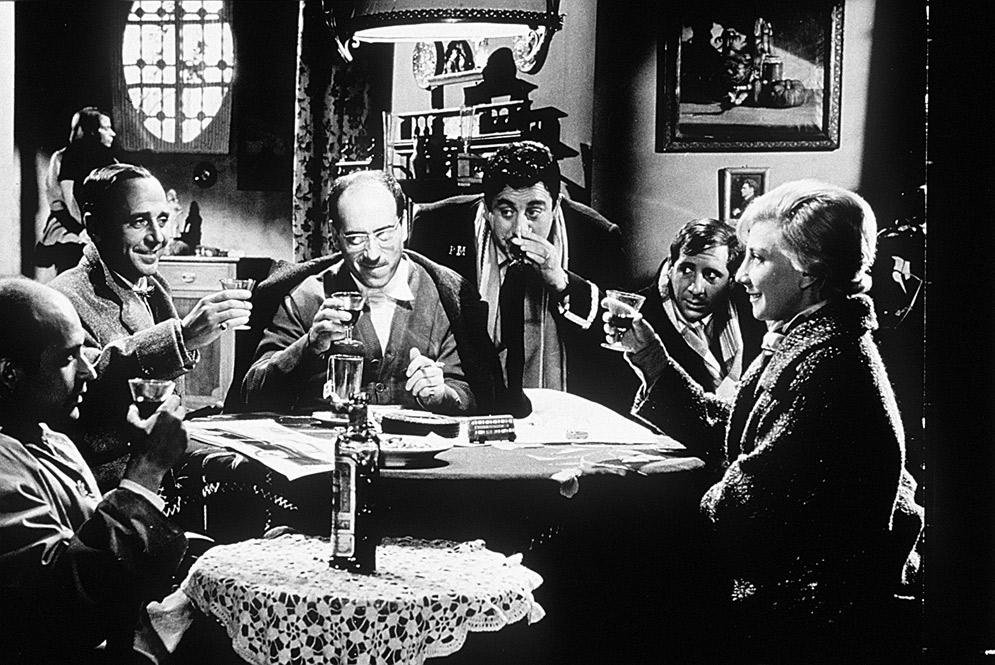
“Atraco a las tres” is an all-time comedy classic, and it’s an influential film that many see as a true reference to Spanish comedy, which helped change its film industry. It’s mainly characterized by its black humor and criticism of the Spanish society and way of life, showing its inner failures and vices of a deeply damaged and “needy” society.
Fernando leads a group of bank employees who want to rebel against the “system” represented by the bank’s director and its manager. They need the money and a new life so they plan to rob the bank, on a certain day and certain hour. The characters are all quite peculiar and give way to interpretation regarding the ending of the film.
The movie is 100 percent humoristic, never giving any space to melodramatic moments, despite its purposes and objectives of showing an unbalanced Spain, both economically and socially. “Atraco a las tres” is still viewed as a classic and one of the most influential movies of all time.
4. Los Olvidados (Luis Buñuel, 1950)
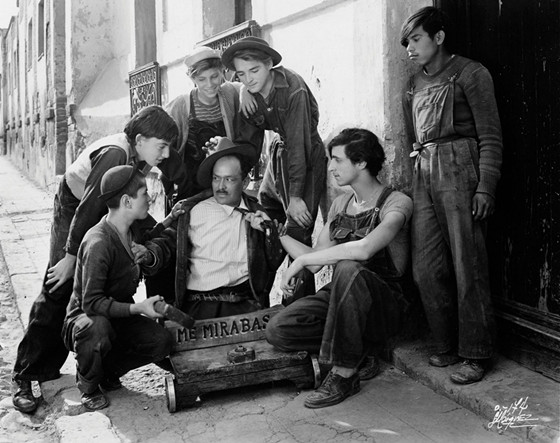
“The forgotten ones” is the perfect entitlement for this realist classic movie. “Los Olvidados”, translated as ‘The Young and the Damned’ in its English title, is the top combination of realism and mystery/crime in both Mexican and European cinema. It’s a personal favorite, without a doubt, not only for Buñuel’s movies, but also for cinema in general.
Its main concern is focused on poverty with special care for the situation of the youth of Mexico. It follows the misadventures and “petty crimes” of a destitute group of youngsters who “fight for survival” in Mexico City. Its ending is also controversial, considering the possibility of the existence of another ending, the latter being a happier one.
Still, the first ending completely puts this release on top of the food chain, due to its unhappy purpose and the fact that it’s potentially subject to several interpretations.
Nowadays, it’s considered a masterpiece by specialists and film critics, increasing its importance due to its realistic approach and great acting skills of the actors involved, who are mostly young children. That fact combined with an interesting, intriguing and even damaging plot makes it highly recommended.
3. Amores Perros (Alejandro González Iñarritu, 2000)
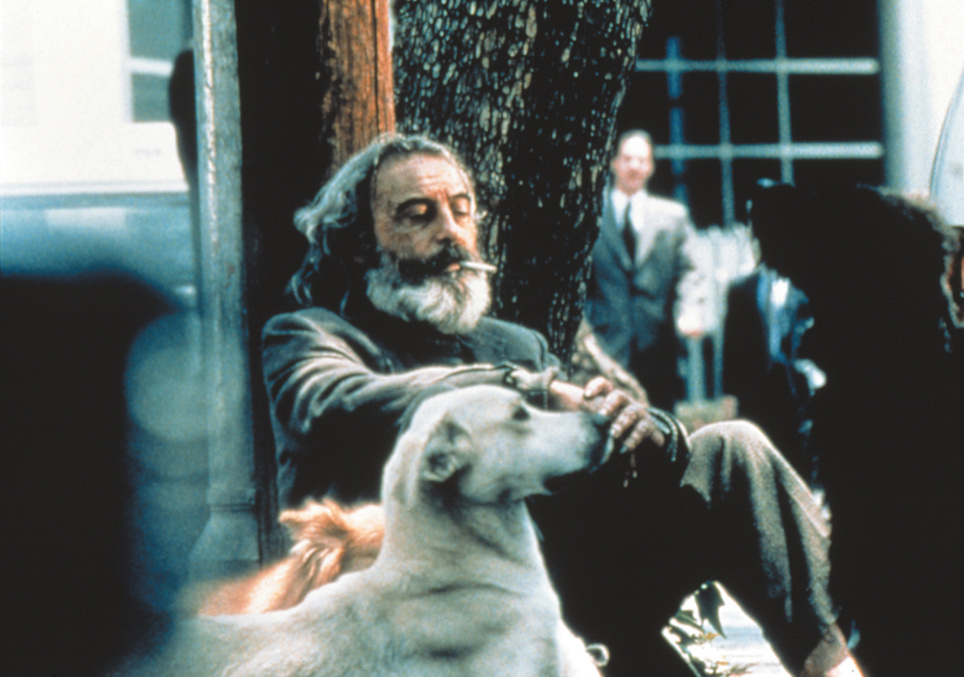
This film focuses on three different people, three life stories, and one event that interconnects all of them in one of the most surprising and extraordinary movies since 1980. In my opinion, this is by far the best film ever released by Alejandro Iñarritu and it’s the first film of a trilogy about death, followed by “21 Grams” and “Babel”.
It’s a genial masterpiece and its structure is fantastically cut, the performances are totally over-the-top, and its ending will break anyone’s heart. It also shows the relationships between humans and animals, and for that reason, the title is enlightening.
It’s Iñarritu’s most violent and cruel film, approaching difficult themes such as loyalty, betrayal, death and the loss of love. Not only is it my favorite film by Iñarritu, but it also has my favorite performance from iconic actor Gael García Bernal. He excels even more in this movie, although I agree his performance in “La Mala Educación”, also listed here, was superb.
“Amores Perros” won several awards, but unfairly lost the most important one, the Oscar for Best Foreign Language Film.
2. El Secreto de sus Ojos (Juan José Campanella, 2009)
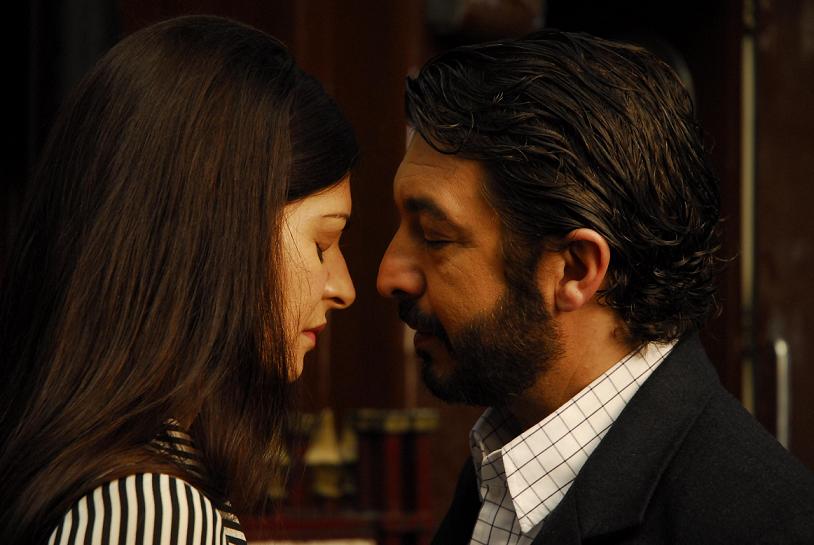
Again, the fantastic Ricardo Darín is on this list, a must-feature actor on these types of lists, mainly those featuring films from Spanish-speaking countries. It’s Campanella’s masterpiece and his greatest release ever. Campanella completely took the Argentine film industry by surprise, presenting a movie that not only shows a stellar mystery/crime plot, but also a quite romantic and sweet perspective on love and its consequences through people’s lives.
It is told in a series of flashbacks, when Benjamin Espósito, played by Darín, wants to write his memoirs about a particular moment in his professional life, when he was working at a prosecutor’s office as a senior investigator. He wants to write a novel about that particular case, which happened 25 years prior.
He’s having difficulties dealing with the emotions emanating from this tragic case that marked the rest of his life, and for that he contacts Irene Hastings, his former boss, to tell her of his intentions. The film takes us back 25 years to a rape and murder that affected all involved, and promises to have huge repercussions on the present.
The main characteristic of this release is the deep emotional involvement between Espósito and Irene, a relationship of an unrevealed love that dragged on for 25 years and was largely affected by the emotional difficulties each one had, and the consequences of this case on both of them. It creates an ambience of desire and hope in the viewer, who expects not only the answer to the crime, but also a solution for the two impending lovers.
1. Muerte de un Ciclista (Juan Antonio Bardem, 1955)
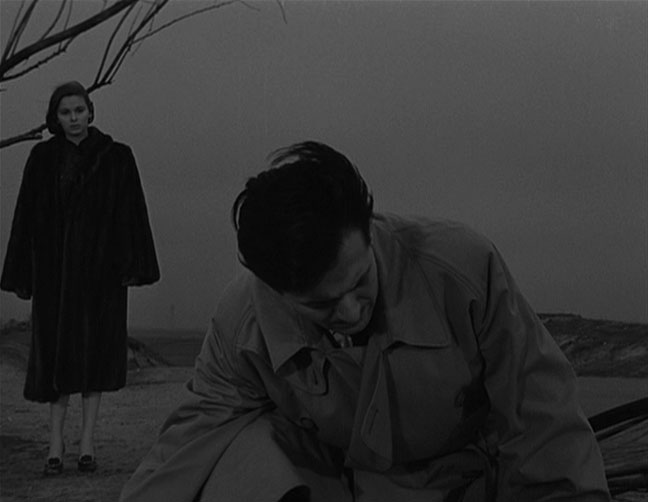
This will perhaps be a controversial choice for those who are fans of the Spanish film industry, but I guarantee it’s a quite honest choice, with the intent of highlighting one of the most mysterious and intriguing thrillers ever made. For me, “Muerte de un Ciclista” is the best Spanish movie ever made, compiling romance, mystery, suspense, and the study of the psychological mind as great elements of this masterpiece.
Two lovers accidentally strike a cyclist with their car; although he is alive, they can’t help him, in fear of public exposure. They are famous; one is a wealthy married socialite, the other an upper-class university professor who is seen by his own family as useless, despite his profession.
After the incident, they find out that the cyclist eventually dies, beginning a series of events that determine the future of these lovers. Tormented by guilt and fearing blackmail, their relationship starts to crumble after their horrible choice of action. Eventually, the end reveals the worst in human nature, exposing the true nature of beings during difficult times.
The best feature of this film is that it deals with human psychology and the influence of guilt and regret on humankind, as a type of exhibition that can almost double as a case study. It’s definitely a classic of suspense and crime/mystery movies, and was heavily damaged by Spanish censorship due to its “attack” on Franco’s regime, who viewed this movie as a disturbance. Also, it received mixed reviews when released, and even today it isn’t a consensual release.
Author Bio: João Braga is a content writer and freelance translator of 5 different languages. His passion for movies began 12 years ago, starting with Bergman, Kurosawa and Truffaut’s movies. He has a “soft spot” for the intelligent and genial French Cinema.